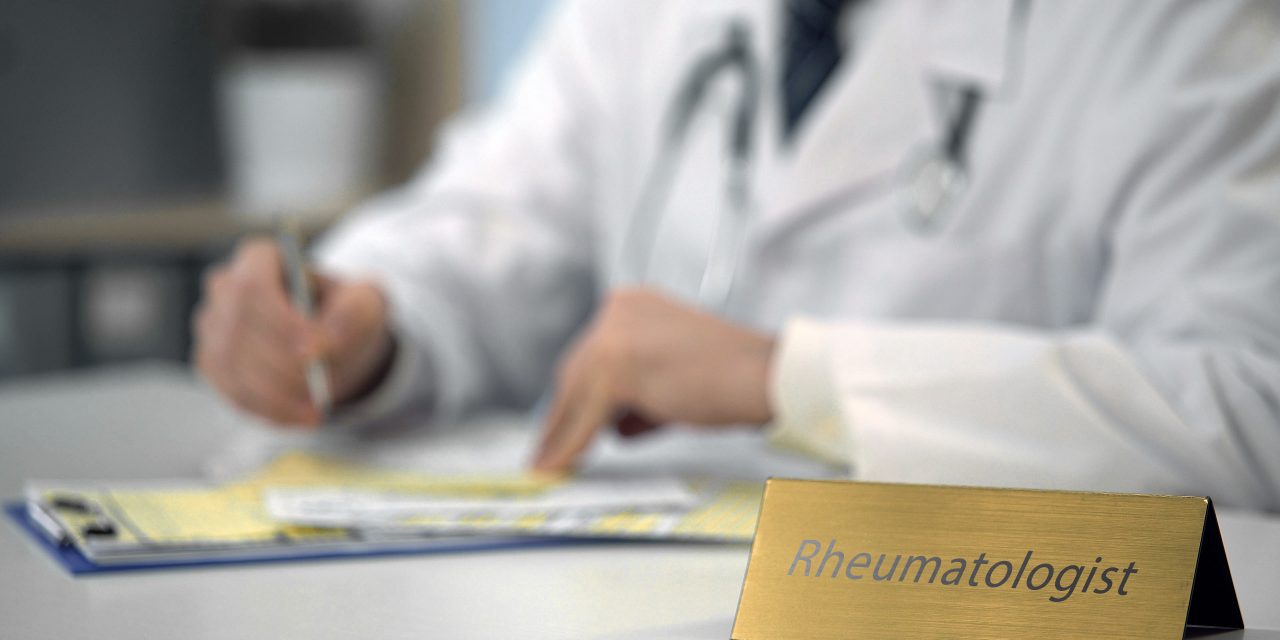To assess which structural abnormalities on knee MRI are associated with development of osteophytes in middle-aged subjects without radiographic knee osteoarthritis.
We included subjects from the Osteoarthritis Initiative, aged 40-55 years, Kellgren & Lawrence grade 0 in both knees, and knee MRIs from both knees available at baseline, 24, 48 and 72 months. Structural exposures on MRI assessed using MOAKS included cartilage damage, bone marrow lesions, meniscal tear, meniscal extrusion, and Hoffa/effusion synovitis. We assessed whether each structural exposure was associated with the development of osteophytes on MRI in the medial and lateral tibiofemoral, and patellofemoral compartment. We estimated hazard ratios (HR) including 95% confidence intervals (CI) for osteophyte development using a mixed complementary log-log regression model adjusted for age, sex, and body mass index.
We included 680 knees from 340 subjects with a mean (SD) age of 50 years (3.0), and 51% men. In the medial tibiofemoral compartment, the absolute risk of osteophyte development in the first 24-month period was 4% in knees without, and 15% in knees with medial meniscal tear. Corresponding adjusted HR was 6.6 (95%CI=3.4-12.9). In the lateral tibiofemoral compartment, the adjusted HR for developing osteophytes having a lateral meniscal tear was 3.3 (95%CI=1.3-8.4). In the patellofemoral compartment, patellofemoral cartilage damage was most clearly associated with developing osteophytes (HR=2.6, 95%CI=1.8-3.7).
Meniscal tear seem to be the strongest structural risk factor for the development of tibiofemoral osteophytes, and patellofemoral cartilage damage for the development of patellofemoral osteophytes, respectively. Local biomechanical factors are important in early osteophyte development.
Copyright © 2021. Published by Elsevier Ltd.
Are structural abnormalities on knee MRI associated with osteophyte development? Data from the Osteoarthritis Initiative.


